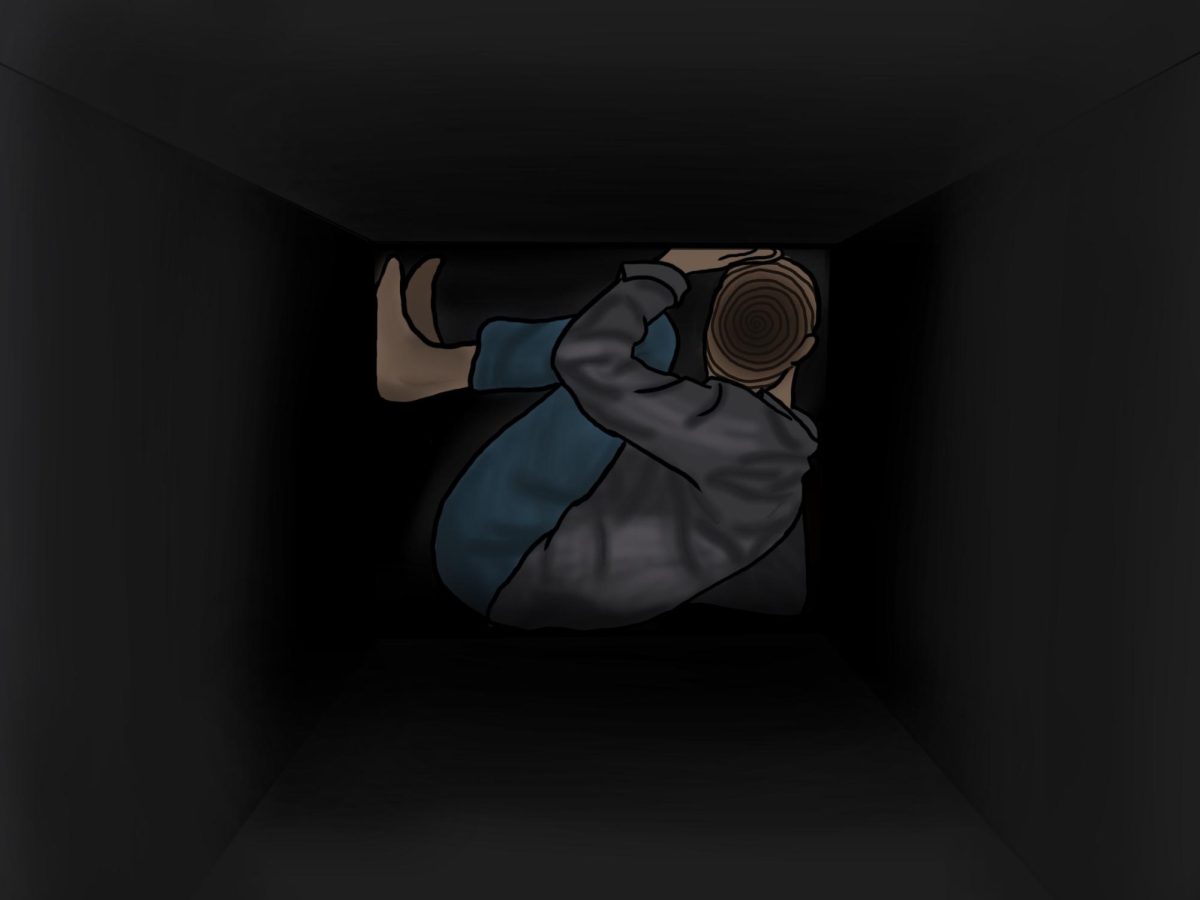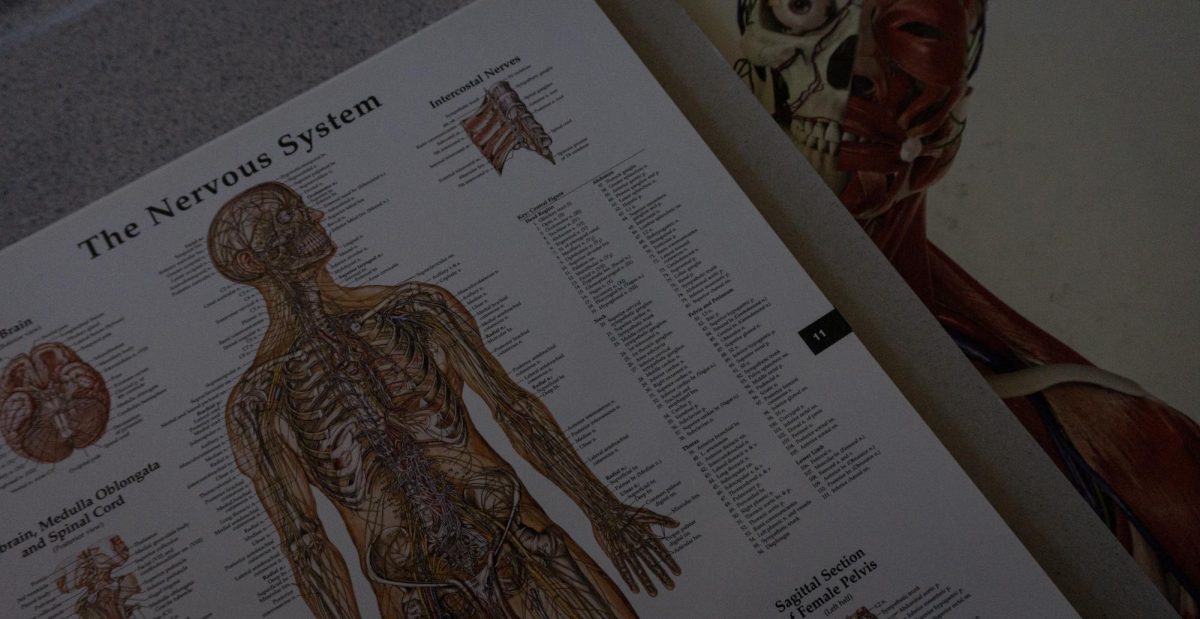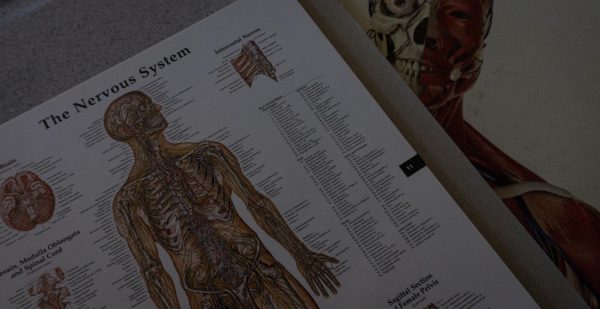Five Common Myths of History
March 25, 2022
The world each of us grew up in is filled with endless amounts of fantasies and stories. Stories of princesses falling in love and heroes saving the day. For a moment, those stories are our entire lives. We envision a world where superheroes are real, and magic is not just a theory. Once we hit a certain age, however, those stories get tucked away into Pandora’s Box: Never to be opened. We make space for history and choose to live with the world in the present rather than the fallacies we grew to love as children. But what about the myths in our world? Did Newton discover gravity by having an apple fall on his head? Did Marie-Antionette say, “Let Them Eat Cake” during the french revolution? What makes reality any more real than the stories we stored away?
Thomas Edison and the lightbulb
Although he was given all the credit, Edison was not the original creator of the lightbulb. The first constant electric light was demonstrated in the early 1800s, long before Edison’s creation. William Sawyer and Albon Man received a U.S. patent for the lamp while Joseph Swan patented his light bulb in England. Inventors all around the world attempted to create this lamp, yet failed due to expenses or energy. It wasn’t until 1880 that the incandescent lightbulb was a success. Edison was the person who made improvements to the lamp, using filaments from bamboo, giving Edison’s lamps a lifetime of 1,200 hours. Of course, Edison did not create it himself. He had the help of British inventors and an entire team of scientists.
Pocahontas and John Smith
The story between Pocahontas and John Smith is one of the most popular misconceptions. Pocahontas never fell in love with John Smith. In true history, it was John Ralfe that Pocahontas allegedly fell in love with. Nonetheless, her truth was much darker than stories were told. For starters, her name wasn’t Pocahontas, it was “Matoaka.” She was given the name Pocahontas by her friends and family to hide her true identity. The name Pocahontas is said to symbolize Matoaka’s playful, charismatic nature. Pocahontas was the daughter of Chief Powhatan (Wahunsenca) and was only eleven years old when her story first began. The Englishmen of Jamestown and the Powhatans had a very on and off relationship. Ultimately, Pocahontas was used as a symbol of peace between the Englishmen and the Native Americans. She was shown off as a trophy of their relations. Yet, in the spring of 1613, Pocahontas was taken hostage in hopes that she could be used to negotiate a permanent peace with her father. She was brought to Jamestown where, although she was a prisoner, was treated as a guest and encouraged to learn English customs. It was here she met John Ralfe and allegedly fell in love. A letter was written by John Ralfe asking for Pocahontas’ hand. “It is Pocahontas to whom my hearty and best thoughts are, and have been a long time so entangled, and enthralled in so intricate a labyrinth that I [could not] unwind myself thereout.” Pocahontas was released at the hands of her father declaring peace. On April 5, 1614, when she was only 14, Pocahontas and John Rolfe married with the blessing of Chief Powhatan and the governor of Virginia. She eventually converted to Christianity, changing her name to Rebecca. She converted to Christianity and was baptized, Lady Rebecca. Powhatan eventually agreed to the terms for her release, but by then she had fallen in love with John Rolfe, who was about 10 years her senior. On April 5, 1614, Pocahontas and John Rolfe married with the blessing of Chief Powhatan and the governor of Virginia
Cleopatra and the snake
The most common misinterpretation of Cleopatra was that she died at the hands of a snake and that she had undeniable beauty. The media built Cleopatra into a mythical figure for centuries. Poets spoke of her beauty, playwrights flaunted her power, and films made her out to be all of the above. Cleopatra was described as having blue eyeshadow, short hair, and very beautiful features in the movies and plays. In reality, however, she is denied having any of those features. The truth behind her appearance remains a mystery. Cleopatra was an influential figure, nonetheless, being labeled as a powerful member of a Greek dynasty that dominated Egypt. She was also described as being intelligent, multilingual, ruthless, seductive, and charismatic. So how did she die? Here’s what historians know. The Roman Emperor Augustus and Mark Antony had many conflicts. Augustus (Octavian) declared war on Cleopatra, thus declaring war on her husband Antony. After Roman forces defeated the Egyptian army in the Battle of Actium, Mark Antony and Cleopatra retreated to Alexandria, where they watched their former allies and supporters defect to Octavian’s side. Cleopatra had a mausoleum made and by the time Octavian reached Alexandria she hid. Her husband, Antony, died in her arms by suicide. On August 9th, Cleopatra shut herself away in the mausoleum and sent a note to Octavian asking to be buried by Antony’s side. When they broke down the mausoleum door, they found Cleopatra lifeless lying on her couch with her two servants dead beside her. The most common theory was that she died by an Egyptian cobra, however realistically a Cobra could not sneak into Cleopatra’s mausoleum nor would they be able to quickly kill Cleopatra. Other theories suggest she poisoned herself or that Octavian planned her death. If autopsies were real and accurate at that time maybe the mystery wolf would be solved, nevertheless, the fact remains: The truth behind these theories is unknown.
Burned at the stake
Witches were not burned at the stake during the Salem witch trials. Burning was illegal in both England and American colonies during this time. Once again films and stories took a realistic historical event and flipped it to their standards. Instead, witches were hung. The myth of burnings at the stake in Salem is most likely inspired by European witch trials, where death by fire was a common practice. Witches were burned, however, across parts of modern-day Germany, Italy, Scotland, France, and Scandinavia. About 50,000 people were executed as witches in Europe, many hung or beheaded first.
Human beings evolved from apes
The idea that humans were “evolved from apes” causes much confusion. Humans were not directly evolved from apes. Humans, otherwise known as Homo Sapiens, are primates and have physical and genetic similarities to the Ape species. Humans and the great apes, chimpanzees, and gorillas share a common ancestor that lived in Africa over 6 million years ago. Nevertheless, not all scientists agree about how these species are all related. The majority of the early human species left no living descendants. It is also still debated how to classify early humans and what factors influenced said evolution. Early humans migrated into Asia about 2 million years ago and Europe about 1 million years ago. In relation, the rise of civilization first occurred within the past 12,000 years.
That people in the Middle Ages thought the Earth was flat.
Rarely anyone thought the world was flat. During the mid to late middle ages, it was generally known that the Earth was round. Especially amongst the educated. Aside from Aristotle validating this fact, the majority of people calculated the circumference of the earth just from observation: The way ships appeared at the horizon and how the sun appeared during sunrise. Columbus did face opposition during his voyage, but it was mostly by people who predicted Earth was a large globe rather than a flat surface and that he would never make it.
The history of the light bulb. Energy.gov. (n.d.). Retrieved March 15, 2022, from https://www.energy.gov/articles/history-light-bulb
Stebbins, S. J. (2010, August). Pocahontas: Her life and legend. National Parks Service. Retrieved March 15, 2022, from https://www.nps.gov/jame/learn/historyculture/pocahontas-her-life-and-legend.htm
Pruitt, S. (2020, March 10). Did Cleopatra really die by snake bite? History.com. Retrieved March 15, 2022, from https://www.history.com/news/cleopatra-suicide-snake-bite
Jarus, O. (2021, October 31). Were any ‘witches’ burned at Salem? LiveScience. Retrieved March 15, 2022, from https://www.livescience.com/how-salem-witches-were-executed
Introduction to human evolution. The Smithsonian Institution’s Human Origins Program. (2022, February 3). Retrieved March 15, 2022, from https://humanorigins.si.edu/education/introduction-human-evolution
Wilde, R. (n.d.). Did Medieval People Believe in a Flat Earth? Did medieval people believe in a flat earth? Retrieved March 15, 2022, from https://co.eferrit.com/did-medieval-people-believe-in-a-flat-earth/














































